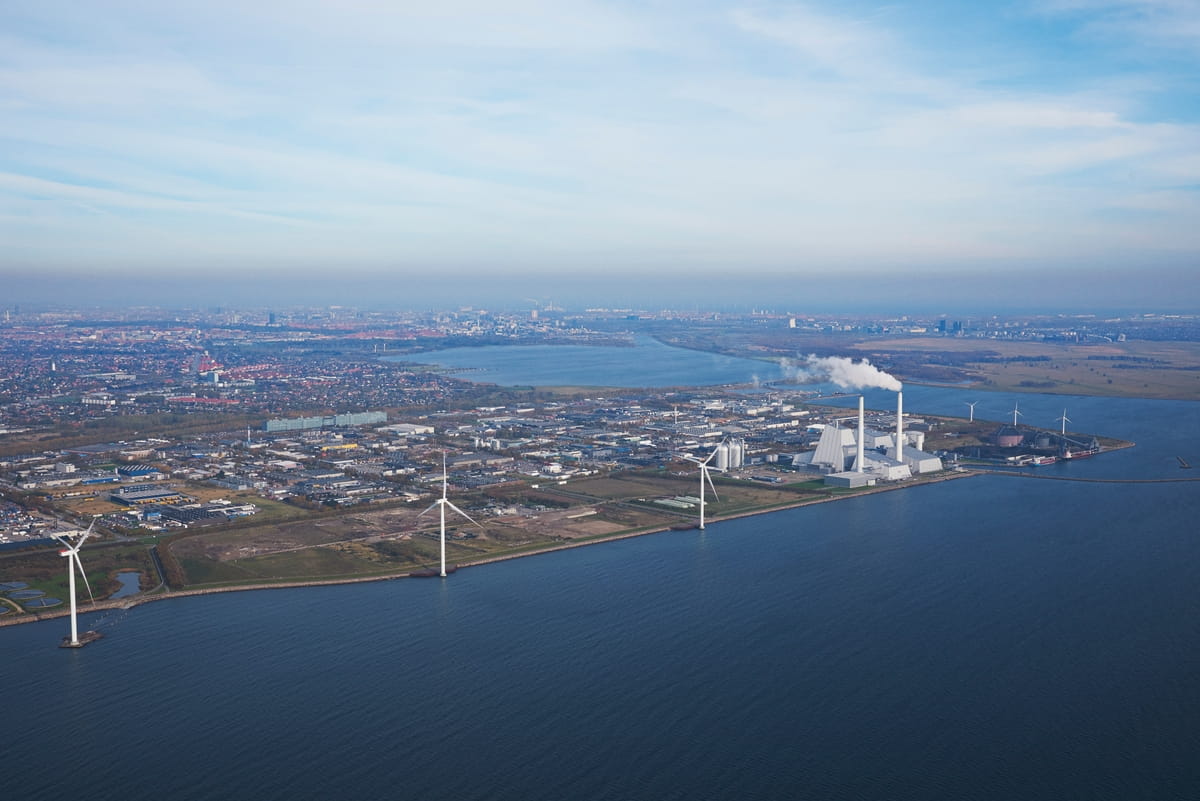“
It’s our colleagues at the power stations who know what will work for them. Digitalisation isn't something that runs in parallel with the business, it’s something we do together
Ole Thomsen, Senior Vice President, Bioenergy
Drones doing the dirty work
We use drones to inspect the power stations’ tall smokestacks and boiler rooms, as well as to perform minor repair jobs. Prior to drones, these tasks would be performed manually and would involve an employee climbing the stack or entering the boiler room to inspect issues.
We also use drones in the power stations’ cooling water channels to flush mussels back into sea. This ensures that CHP plants no longer need to be shut down during cleaning, as was the case with manual cleaning.
